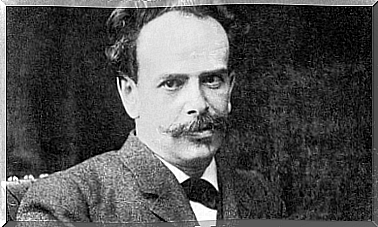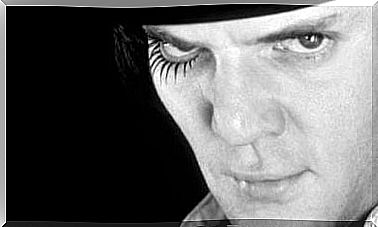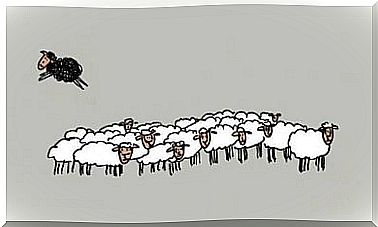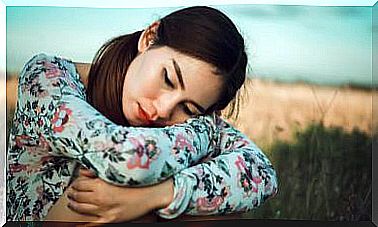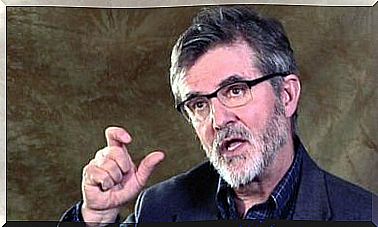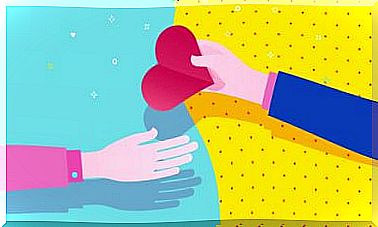Disability: From Exclusion To Inclusion
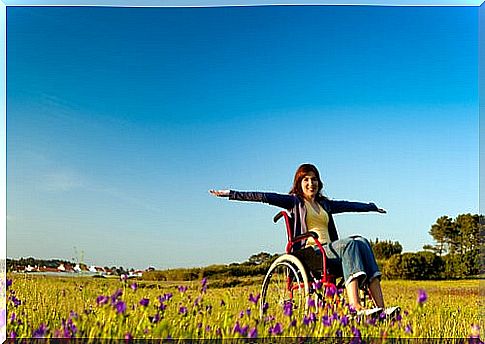
Although the terms that we are going to talk about today are embedded within everyday language, we do not always use them properly or accurately. Over time, the concept of disability has changed.
Advances in social matters have made it possible to contextualize and make people with functional diversity visible. Thus, we want to talk about the evolution of the concept of disability.
Disability is not something fixed, it is changing and dependent on the functional limitations of the person and the supports available in their environment.
Furthermore, it is the result of the person’s interaction with their environment. These functional limitations are reduced by providing interventions that focus on adaptive behavior (Badía, 2014).

Evolution of the term “disability”
In this sense, and as an introduction, we can differentiate the classification made by the WHO and the CIF. As well as mentioning the origin of the concept “functional diversity”.
World Health Organization (WHO)
The WHO defined it, back in 1980, as a disease or disorder and proposed three levels:
- Deficiency. Permanent consequences of diseases and accidents at the bodily, physiological or organic level.
- Disability. Restrictions on an individual’s activity due to any deficiency.
- Handicap. Situations of disadvantage, derived from deficiencies or disabilities, that limit or prevent participating or performing social roles at levels considered normal.
International Classification of Functioning, Disability and Health
On the other hand, and after a few years, the CIF in 2001 proposed the following:
- Covering all aspects of health and other relevant to well-being.
- It eliminated terms such as impairment or handicap, as well as the connection between impairment-disability-handicap.
- It proposed disability as a health condition, that is, a disease or disorder, which involved a problem in the functions and structures (deficiency), in the activity (limitations) and / or in the participation (restriction) that was also conditioned by environmental or personal context.
Finally, in 2005, the term “functional diversity” emerged, promoted by the Independent Living movement. As Rodríguez and Ferreria (2010) say, this concept aims to eliminate the negative nomenclatures that have traditionally been applied to people with disabilities.
Thus, what they are looking for is a qualification that is not inscribed in a deficiency but rather what indicates a daily development, a functionality, different from what is considered usual.
It should be noted that, in 2017, CERMI recommended the use of the term ‘people with disabilities’ avoiding that of ‘people with functional diversity’.
They alleged that “the vast majority of people with disabilities and their social movement reject the use of the expression ‘functional diversity’ because they do not feel identified with a lexicon without legitimacy or broad social support”.

From exclusion to inclusion
Within the topic that concerns us today, it could be said that there are different ways of approaching disability or functional diversity. Among them, we find:
- Inclusion . Promotes self-determination and social participation of people. According to CILSA, this model is based on the fact that society must give equal opportunities to all people. In other words, it is the responsibility of the whole of society that all people can live and develop with equal possibilities. If society does not put up barriers and promotes interaction with the environment, development and equality should be full.
- Integration. This model speaks of different capacities or special needs. That is to say, people are “accepted” but they are considered to be different or to go beyond what is considered “norm”. They are part of society but, it could be said, that spaces are adapted to their needs, so full inclusion is not achieved.
- Segregation. From this point of view, people with disabilities are considered as subjects in need of special care or environments. This model discriminates against people and violates their rights. They would not even be within society, they would be cut off from it.
- Exclusion. In this model there is the idea that there are “normal” people and others who are not. Therefore, people with disabilities are left out of society and there would be no possibility for them to be part of it.
Thanks to the progress we have experienced, we are getting closer and closer to achieving full inclusion. Let us remember the importance of a good education to understand and understand that each and every one of us has the same rights and, above all, we are people.
